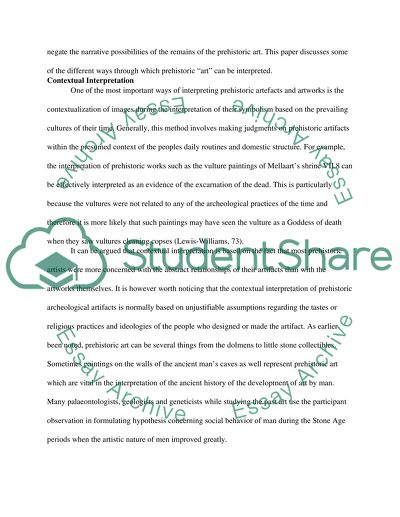Cite this document
(“Ways Prehistoric Art can be Interpreted Essay Example | Topics and Well Written Essays - 1750 words”, n.d.)
Ways Prehistoric Art can be Interpreted Essay Example | Topics and Well Written Essays - 1750 words. Retrieved from https://studentshare.org/archaeology/1476514-ways-prehistoric-art-can-be-interpreted
Ways Prehistoric Art can be Interpreted Essay Example | Topics and Well Written Essays - 1750 words. Retrieved from https://studentshare.org/archaeology/1476514-ways-prehistoric-art-can-be-interpreted
(Ways Prehistoric Art Can Be Interpreted Essay Example | Topics and Well Written Essays - 1750 Words)
Ways Prehistoric Art Can Be Interpreted Essay Example | Topics and Well Written Essays - 1750 Words. https://studentshare.org/archaeology/1476514-ways-prehistoric-art-can-be-interpreted.
Ways Prehistoric Art Can Be Interpreted Essay Example | Topics and Well Written Essays - 1750 Words. https://studentshare.org/archaeology/1476514-ways-prehistoric-art-can-be-interpreted.
“Ways Prehistoric Art Can Be Interpreted Essay Example | Topics and Well Written Essays - 1750 Words”, n.d. https://studentshare.org/archaeology/1476514-ways-prehistoric-art-can-be-interpreted.


